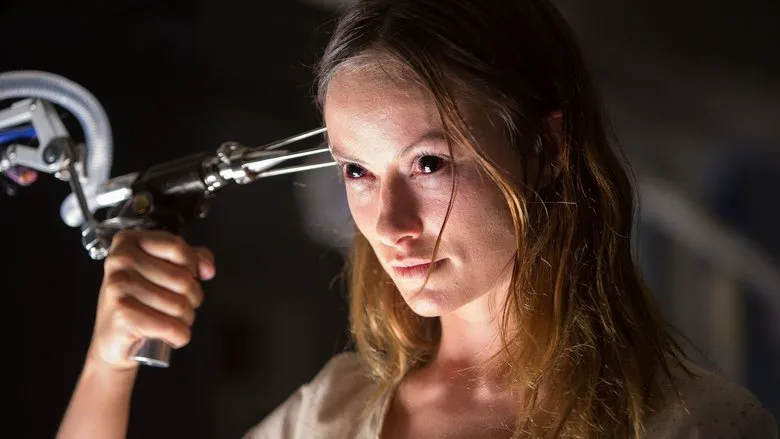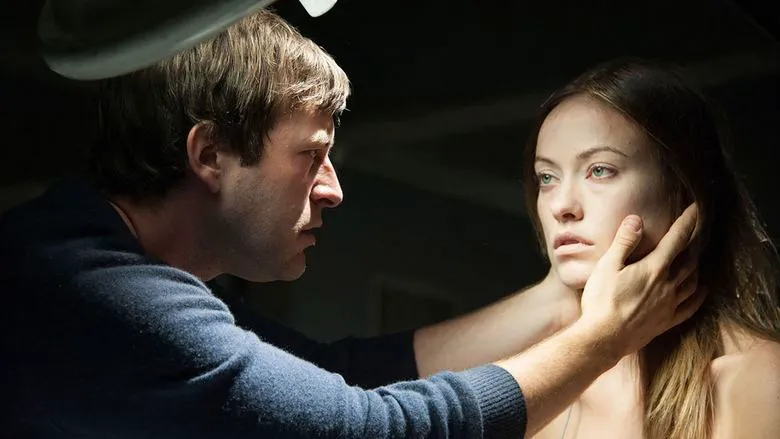A Modest but Engaging Supernatural Horror Blending “Flatliners,” “Pet Sematary,” and “Lucy”
“The Lazarus Effect” presents a familiar yet intriguing premise: a group of young scientists on the verge of a groundbreaking discovery – a serum capable of bringing the dead back to life. To document their experiment, they enlist a female videographer. Against all odds, their experiment succeeds, resurrecting a deceased retriever. However, their triumph is short-lived as their project is abruptly shut down, and their research confiscated. With less than a day before their lab access is revoked, the scientists decide to conduct one final experiment, leading to horrifying consequences.

“The Lazarus Effect” somewhat lives up to its name. Completed in 2013, the film was shelved by Lionsgate, uncertain about its release potential. It wasn’t until two years later, when the market wasn’t as saturated with supernatural thrillers and Evan Peters, known for “American Horror Story,” rose to fame with his role as Quicksilver in “X-Men: Days of Future Past,” that the film saw the light of day. However, even with these changes, “The Lazarus Effect” isn’t likely to be a blockbuster. It feels more like a passable episode from a horror anthology than a full-fledged movie.

Familiar Themes, New Twists
The plot of “The Lazarus Effect” blends elements from three distinct concepts. First, it draws inspiration from the classic “Flatliners,” borrowing the idea of brilliant medical minds attempting to cheat death. Second, it shares similarities with “Pet Sematary,” featuring a resurrected, aggressive animal and the ensuing repercussions. Finally, it evokes the recent “Lucy” by Luc Besson. While “The Lazarus Effect” was completed before “Lucy” went into production, the concept of a woman unlocking hidden parts of her brain, gaining telekinetic abilities, is too similar to ignore.

Shortcomings and Missed Opportunities
However, “The Lazarus Effect” falls short compared to the aforementioned films, not drastically, but noticeably. While the writers attempt to explore the afterlife (depicting a terrifying memory repeated endlessly, where an hour of death equates to decades in a personal hell), they don’t delve deep enough. The film hints at the growing horror of realizing a loved one is no longer the same, but this is undermined by early suggestions that the characters aren’t that close to begin with. The resurrected protagonist exhibits intriguing abilities (such as trapping a victim in a cabinet and crushing it with her mind), but her motivations remain unclear. Is she possessed by an otherworldly force, or has she simply gained a heightened perception of the world, making her more sensitive to perceived betrayals? While these details might seem minor in a horror film, their absence leaves the film feeling incomplete.
Strong Performances
The film’s saving grace lies in its performances, albeit with reservations. Olivia Wilde is convincing as both a dedicated scientist and a terrifying, death-obsessed monster. Evan Peters delivers a lively performance as the eccentric young scientist, showcasing his talent and potential for greater recognition in Hollywood.